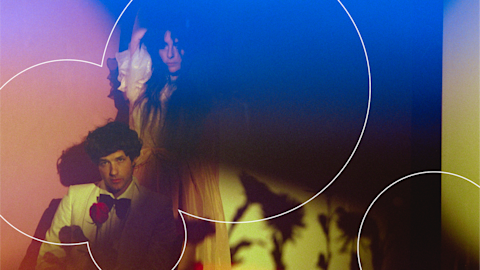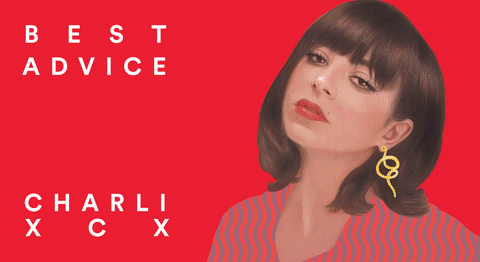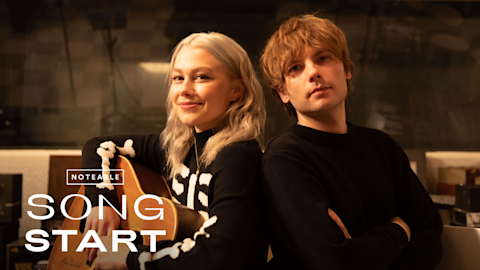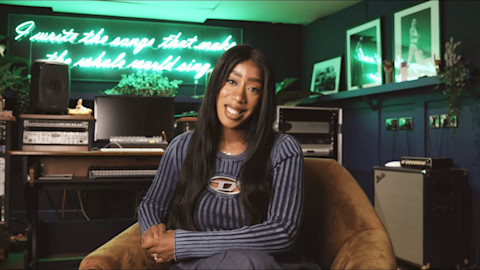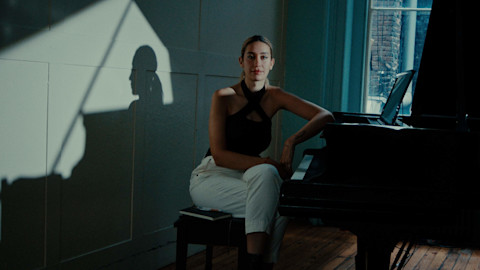As the philosophical manifestation of punk, the term DIY has long held a romantic resonance. It conjures heroic images of the independent musician getting in the van, sleeping on floors, silkscreening merch, and self-releasing records in handmade album packaging. But in the year 2018—a time when the means of musical production can be accessed by nearly anyone who has a computer and global audiences can be reached from your living-room couch—being a DIY artist can mean acquiring a vastly different set of skills.
Tennessee-based guitarist Lance Allen is, in the truest definition of the term, an independent musician: He’s a solo artist who records and releases all his music himself. But his career upends all the conventional wisdom surrounding what it takes to succeed as a musician these days. Allen doesn’t tour, he doesn’t have a label or PR company, and his chosen style of music—mellow, melodic acoustic instrumentals—is hardly the stuff that gets internet tastemakers excited. Yet he’s been able to make a living self-distributing his music, employing a new set of tricks that every DIY artist should take note of.
A guitar teacher by trade, Allen’s a proud family man. He’s never been one for the touring life, and is more likely to perform at weddings than clubs; his chief inspirations are Tommy Emmanuel and Phil Keaggy. Starting with 2006’s Sometimes in Life, he began releasing CDs in small batches to sell at his very occasional gigs. And for the next decade he was content to be the sort of hobbyist whose earnings from music amounted to a little extra pocket change. That is until one day in 2015, when he found a veritable gold mine under his proverbial sofa cushion. That’s when his 2013 track “Kansas Town” got added to Spotify’s staff-curated Acoustic Concentration playlist, which counts overs a half-million subscribers.
“I don’t know how it got on there; I had no experience with Spotify,” Allen admits. “One of my students came up to me one day and said, ‘Hey, you’re on a Spotify playlist!’ I didn’t think I’d get paid much, but that song started getting hundreds of thousands of streams, and a couple of months later I got a really nice payment from CD Baby.”
Founded in 1998, CD Baby was among the internet’s first compact-disc distribution networks catering to wholly independent musicians like Allen. At the outset, it was an all-in-one online record shop and warehousing operation that managed artists’ physical inventory and shipped CDs to customers whenever an order was placed. But as VP of Marketing Kevin Breuner quips, “Obviously, times have changed!” Since 2004, the company has been keeping pace with all the changes in the digital distribution landscape. Today, Breuner notes, “our business has evolved from helping artists sell CDs directly to fans, to helping artists monetize their digital assets in any way possible.”
For longtime subscribers like Allen, who initially signed up to CD Baby to peddle his physical product, that meant offering instant, push-button distribution to streaming services like Spotify. “The nice thing about CD Baby is you can just check-box wherever you want your music to go to,” Allen says. “So I just selected everything—I didn’t care!”
Allen’s initial streaming royalties amounted to “two or three dollars—the kind of stuff that gets made fun of.” But once he saw the income boost he was getting from his Acoustic Concentration placement, he became more actively involved in trying to maximize his Spotify reach. To this day, Allen doesn’t know how he wound up on Acoustic Concentration, and despite his best LinkedIn sleuthing efforts, he’s had no success in contacting the editorial inner circle who make Spotify’s programming decisions. But thanks in large part to CD Baby’s artist resources, he was able to parlay that initial playlist exposure into a steady stream of income—enough to cover his monthly mortgage payment, at least.
“CD Baby put out a PDF guide on how to get on Spotify playlists, and that piqued my interest,” Allen says. “To get on the big playlists, you really have to target the little playlists created by regular consumers. So I would look to see if there was a name and picture associated with the creator, and I would look that person up on Facebook, Instagram, or Twitter. I just took a friendly approach to reaching out to people, so they didn’t think I was trying to phish or spam them. I would set aside an hour a day doing this, and eventually got added to all these small playlists.”
When Allen came across a new Spotify-curated playlist called Peaceful Guitar last year, he made it his life’s mission to get on there, like a major-label radio promoter trying to crack a pop act on the commercial airwaves. “I looked at all the artists on Peaceful Guitar and looked at what other [user-generated] playlists they were on, and I reached out to those curators,” he explains. “I even created my own playlist with the same artists on there, and started marketing that on Instagram, because there’s a lot of Spotify users on there. I would do screenshots of my playlists or songs I was releasing and use hashtags to draw new followers to my Spotify account.”
All those efforts eventually paid off in June 2017, when he was added to Peaceful Guitar. Allen has since become a recurring presence on Spotify’s official playlists, to the tune of some 20,000,000 streams. “If you’re putting out good content, often, the playlisters are going to see that,” Allen says. “But the first step is getting on a lot of individual playlists, so you that have a better chance of showing up in the Spotify curator’s list of possibilities.”
As Allen’s experience illustrates, being a DIY musician these days means wearing all sorts of different, not-always-complementary hats—on top of being an artist, you also have to be a cold-calling salesman, social-media guru, and data analyst, among other unglamorous roles. Likewise, Allen’s supporters at CD Baby have come to view their company as not just as a mere music distributor but also a one-stop music-business consultancy service.
“Artists have spent a lot of time equipping themselves for the creative side,” Breuner says, “but a lot of them fail miserably wearing those other [administrative] hats—they turn into the worst possible salespeople ever. We spend a lot of time educating the artist to reorient their brains.
“The way fans engage with music is totally different than what it was 10 years ago,” Breuner continues, “and you’ve got to stop thinking like it’s 10 years ago, because if you are, you’re going to be frustrated and miss out on monetization opportunities. We can help artists monetize any type of activity, from publishing administration to sync licensing to streaming. It always frustrates me when I hear some artists say, ‘I don’t want to put my music on streaming services, I want everyone to buy it on iTunes!’ Limiting yourself in any way is a mistake. Because you don’t know where your fans might be.”
To that end, Allen has doubled down on his online-engagement efforts. When he noticed the popularity of instrumental cover-song playlists among Spotify users, he started cranking out his own versions of standards like “Yesterday” and “Wonderwall.” He released his 2017 album, String Poet, in both solo-acoustic and violin-enhanced versions to suit the style of different playlist themes. He’s reached out to artists he’s included on his own Spotify playlists and asked them to cross-promote or chip in for Facebook ad campaigns to attract new followers. And he regularly produces YouTube videos where he’ll perform the same song on different types of guitars, tagging the manufacturer’s name to attract viewers searching for a specific brand or model before pointing them to his Spotify page. All told, Allen is currently averaging 2.5 million Spotify streams a month. (After cracking the 3 million stream mark this past January, he treated himself to new a Subaru Outback.)
Allen recognizes he has the benefit of working within a fairly narrow musical niche with a relatively more tight-knit playlist community. “It’s certainly more competitive if you’re a rapper or R&B artist,” he observes. The numbers don’t lie: There are over 8,000 artists on Spotify whose names begin with “Lil” alone. But when Allen hears that stat, a little light bulb turns on.
“I should create a new Artist page under the name Lil Lance,” he jokes. “People will hit me up because they’ll think I’m a rapper!”
—Stuart Berman
